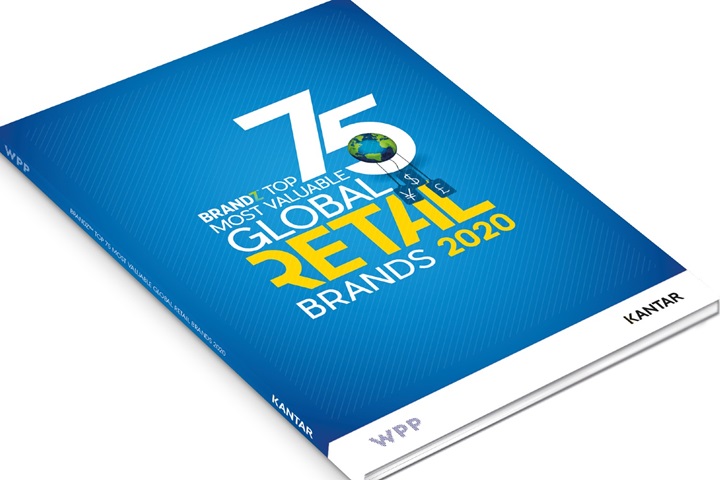Perhaps since its inception, fashion has thrived off exclusivity. The fashion industry, and luxury brands in particular, have been built around the notion that we always want what we cannot have. And, in alignment with the business tactic of strategic scarcity, the brand worlds created around these companies have long subscribed to entrenched codes of cultural exclusivity—advertisements featuring only certain privileged demographics, product presentation that discourages interaction, and salespeople with purposefully aloof demeanour. But what happens when the concept of exclusivity becomes culturally uncool?
Younger generations of consumers are actively rejecting conventional codes of exclusivity that convey an elitism that is at odds with their deeply held values. Today’s purveyors of cool are instead embracing inclusivity as both a core belief and a form of cultural capital. From racial inclusivity to gender inclusivity and everything in between, the most influential young people today are supporting each other, standing up for one another, elevating companies that align with their values, and calling out corporations that act problematically. The most successful brands among centennials have embraced this sense of inclusivity, while those that have been slow to adapt are facing rapidly declining sales.
These consumer behaviours are well documented and widely discussed. And yet, established fashion and luxury brands have largely lagged behind other players, avoiding confronting the issues at hand and seemingly hesitant to take any action in this regard—perhaps trying to wait out the trend. However, this is not a trend. This is a fundamental cultural shift in what drives desire among consumers; and fashion and luxury brands are not exempt from this cultural shift. To survive in a retail climate that continues to move at an unprecedented pace, these companies must ensure that they are keeping pace with the evolving mindset of new consumers, or risk outmoding themselves. The concept of inclusive luxury is here to stay.
As an established brand in the fashion or luxury space, the premise of attempting to change a fundamentally exclusive proposition into an inclusive one is understandably vexing. It is crucial to note that inclusive luxury is not akin to affordable luxury. The concept of affordable luxury defines a wave in the late 2000s, with brands that actually capitalised on conventional codes of cultural exclusivity while offering diluted quality product for lower prices. Instead, inclusive luxury speaks to bringing a sense of cultural inclusivity to the brand identity, communication, voice, and visuals—all while retaining product exclusivity as is core to the business strategy.
Essentially, the key to this issue is simply that product exclusivity does not necessitate brand exclusivity; and that in fact product exclusivity in the context of brand inclusivity can be a winning combination.
The clearest example of this strategy being executed effectively is seen with Gucci’s recent success. Over the past few years, the brand has seen double-digit growth far beyond its competitors, and half the brand’s sales now come from millennials. These results can be directly traced to the initiatives CEO Marco Bizzarri, who told FastCompany that, since his appointment in 2015, he actively sought to “move the company to be more inclusive.” This has manifested in some of the industry’s most diverse casting of models on runways and in campaigns, hiring of emerging and outspoken young female photographers like Coco Capitan and Petra Collins, taking a strong stance on gun control, and collaborating with previously disenfranchised individuals like Dapper Dan. Bizzarri’s strategy also informed the overall attitude of the brand: “We needed to start seeing luxury as creating beautiful, unique products. It doesn’t mean that when you enter a shop, the shop assistant looks you up and down to see whether you are able to afford our bags. The approach should be welcoming and smiling in a genuine way that is not forced, because this is the way to be inclusive in the end.”
Gucci has undoubtedly made significant strides in evolving its brand, and this is arguably seen most clearly in its response to inevitable critical call-outs and consumer backlash. Instead of issuing specious PR apologies, the brand is transparent with consumers about its mistakes and takes concrete actions to correct its behaviour. In this type of response, we see proof of a brand that is working to integrate inclusivity at a foundational level. This level of accountability is arguably the most vital element in creating a truly inclusive brand, and perhaps the most challenging. Before embarking on a journey to evolve a brand to be more inclusive, it is imperative that the company is prepared to engage fully with the sociocultural issues and values of its consumers, or otherwise risk falling prey to call-out culture and being ostracised by the very consumers it sought to connect with. It is essential to understand that inclusivity cannot work as a superficial business strategy, and instead requires a fundamental cultural shift. This is certainly not an easy shift, but Gucci’s path offers evidence of the lucrative unlocked potential behind the concept of inclusive luxury.


